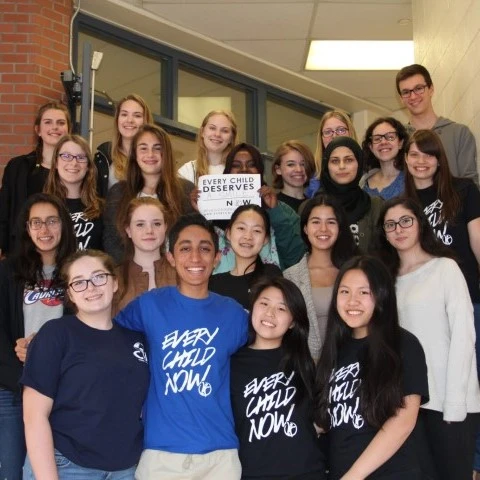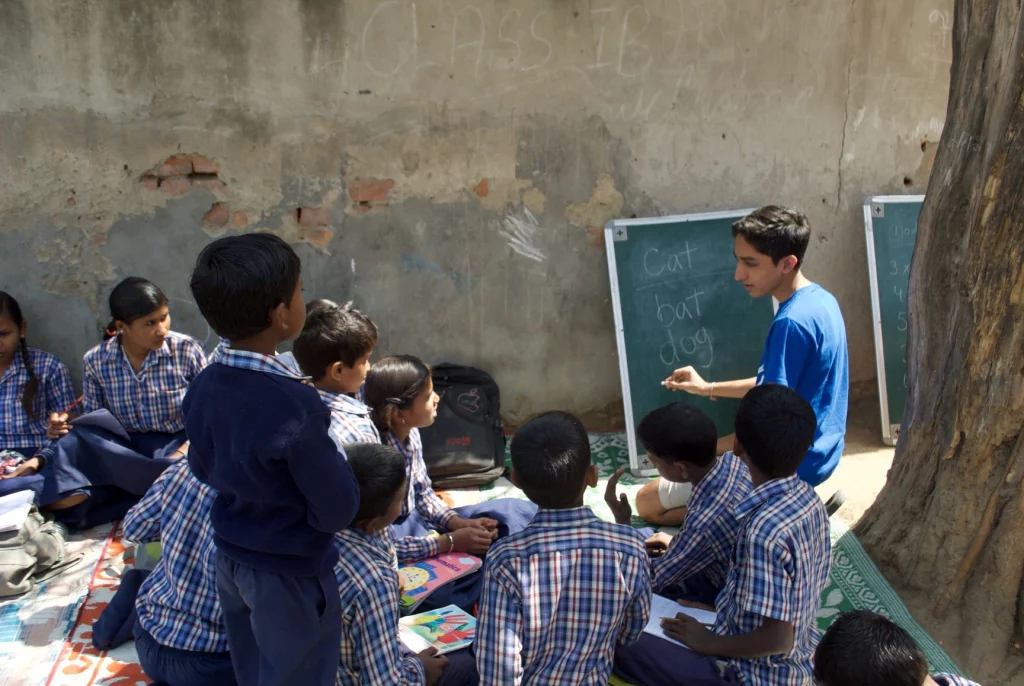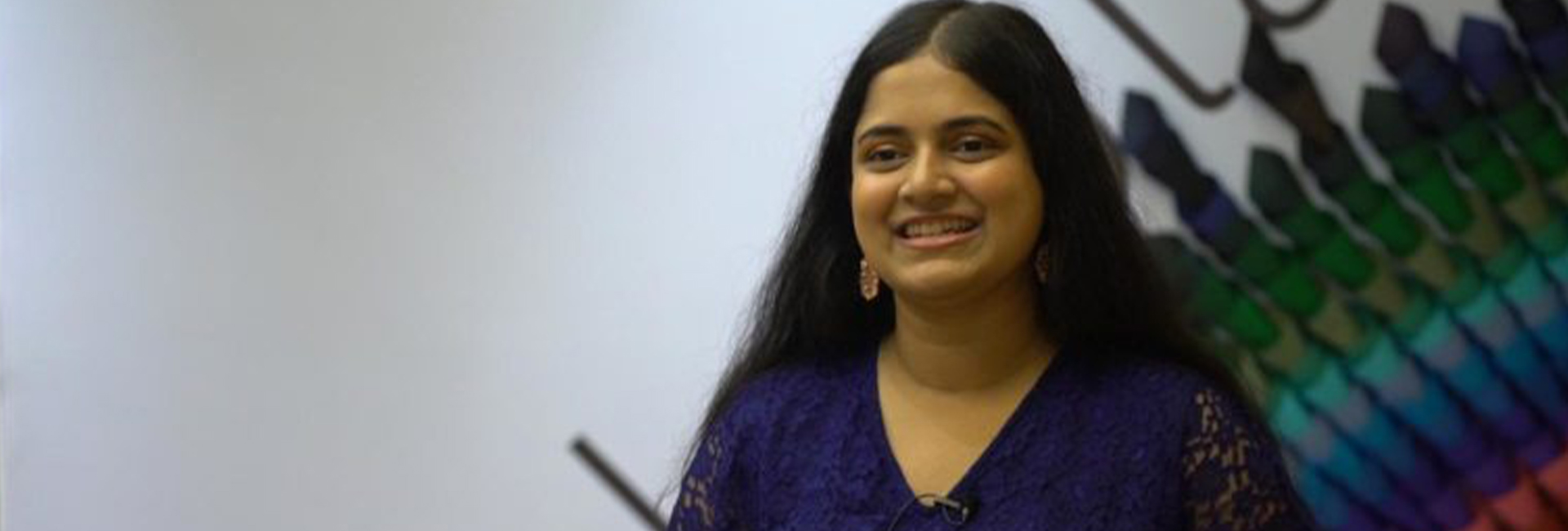(November 12, 2024) In 2012, a then 12-year-old Vishal Vijay returned to Oakville, Ontario, from what was supposed to be a simple family trip to India. But what he and his younger brother, Ishan Vijay, saw during their visit to Faridabad changed their lives forever. The two brothers, used to the comforts of suburban Canada, came face-to-face with children living in extreme poverty. For Vishal, it was impossible to shake off the image of kids his age begging on the streets. “This girl was begging on the side of the street. How is it that she is in this situation and that I’m not? I thought that’s really unfair, and I need to do something about this,” he recalled.

Vishal Vijay
Planting the Seeds of Change
Upon returning home to Oakville, Vishal and Ishan Vijay didn’t just talk about what they had seen; they acted. Together, they formed Children in Action, a small group of friends who raised funds to support education and essential needs for disadvantaged kids. Their first fundraiser — a bake sale — raised just under $400. “We were over-the-moon ecstatic, and we knew that we had to keep going, and that there were more kids that needed our help,” Vishal said. What started as a small youth group soon evolved into Every Child Now (ECN), a youth-run nonprofit focused on alleviating child poverty and empowering young people.
Building Hope, One Step at a Time
Since its founding, Every Child Now has grown beyond anything the brothers imagined. They’ve raised over $100,000 and launched projects that have touched thousands of lives. Their efforts include building a schoolhouse in Rajasthan, providing clean water in Sierra Leone, and distributing school supplies to disadvantaged children. “We focus on providing children and their families with their five basic needs: education, food, clean drinking water, shelter, and health care,” Vishal explained in an interview. The brothers’ impact stretches from the streets of India to communities across Canada.
“We need to realize that we are a part of a global community.” – @EveryChild_Now‘s Vishal & Ishan Vijay #WEareCanada https://t.co/9x72VkudHW pic.twitter.com/luZBjzUmof
— WE (@WEMovement) April 19, 2017
While their work started with a focus on India, the Vijays soon realised poverty wasn’t confined to one place. “This affects kids all around the world. We quickly realized this was not something that was isolated to the communities that we have visited,” Vishal said. Domestically, they’ve helped indigenous communities and children in need by providing school supplies and running educational workshops. Through partnerships and persistent fundraising, the nonprofit has supported projects in Canada, India, Nepal, and West Africa, helping provide essential resources, from clean water and education to health care and shelter. Their efforts led them to receive Junior Citizen Awards in 2015 from the then Lt Governor of Ontario, Elizabeth Dowdeswell.
Indians living in Canada, like the Vijay brothers, are contributing immensely to their communities. Canada’s Indian diaspora is known for its resilience, cultural contributions, and commitment to social welfare. For Vishal and Ishan Vijay, this connection to their heritage has fueled their work both locally and abroad.


Vishal Vijay teaching students
Adapting to New Challenges
The COVID-19 pandemic brought new obstacles. With schools closed, the educational gap widened. The brothers knew they had to adapt. “When the pandemic first hit, we were really noticing this divide that was starting to occur in education, where many children didn’t have access to the resources and support that they needed at home,” the Global Indian said. They responded by launching Social Educating, a program connecting kids in grades 4 to 8 with university students who tutor them online for free. This initiative helped bridge the gap for many Canadian students struggling with remote learning.
The brothers believe that engaging youth is key to sustainable change. Vishal has spoken at youth conferences across North America, emphasizing that young people have the power to make a difference now, not just in the future. “Young people aren’t just our future; they’re our present, too,” he often says.
Every Child Now is guided by three pillars: inspire, advocate, and impact. “When it comes to sustainable development and activism, collaboration is incredibly important. There is a shared sense of passion and belief in the mission,” Vishal said. He understands that tackling child poverty and promoting youth empowerment isn’t easy, but he and Ishan remain determined.
Vishal who graduated from Western University’s Ivey Business School has been blending his passion for social impact with strategic thinking. His goal is to bring purpose-driven missions into whatever he does.
A Lasting Impact
What started as a small, heartfelt effort by two brothers to help kids they saw in Faridabad has blossomed into a movement. They know there’s still more work to be done, but they’re not backing down. “We discovered that a lot of young Canadians are really interested in social impact. I think of us as the Purpose Generation,” Vishal said.
For Vishal and Ishan, the journey from a dusty street in India to building a nonprofit that inspires youth worldwide proves one simple thing: change can begin with a single act, as long as you’re brave enough to take that first step.
- Follow Ishan Vijay on LinkedIn





